Low-impact
Water
management
solutions
Solutions and Services
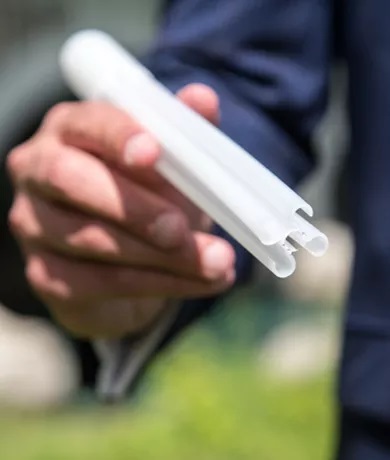
Low-Impact development stormwater solutions produce benefits not found in traditional water management methods and grey infrastructure.
With no need for energy input and little-to-no maintenance required, these systems offer best-in-class cost efficiency while maximizing environmental return.
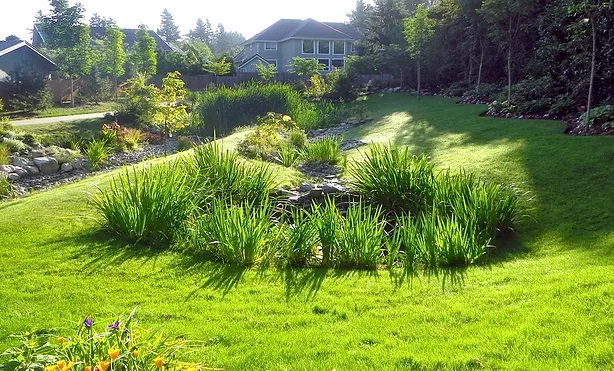
STORMWATER MANAGEMENT AND VOLUME REDUCTION
Excessive first-flush stormwater runoff can burden existing grey infrastructure, leading to high maintenance costs, contaminant transfer, and the risk of Combined Sewer Overflows (CSOs).
The EGRP® system reduces peak flow and can minimize stormwater runoff volume into municipal sewer systems by upwards of 83%
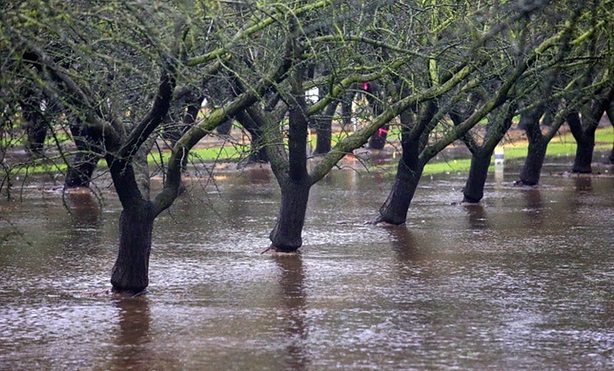
GROUNDWATER INFILTRATION AND RECHARGE
Poor soil infiltration can cause a variety of environmental and cost-associated issues for residential and commercial property owners. Increasing infiltration can reduce the presence of standing water and the potential of pollutant distribution, while simultaneously aiding in the recharge of groundwater, thereby increasing accessible water supply and providing relief during drought.
The EGRP® has been proven to increase native soil infiltration rates by up to 7 to 10 times in areas with poor soil aggregation and impervious surfaces.
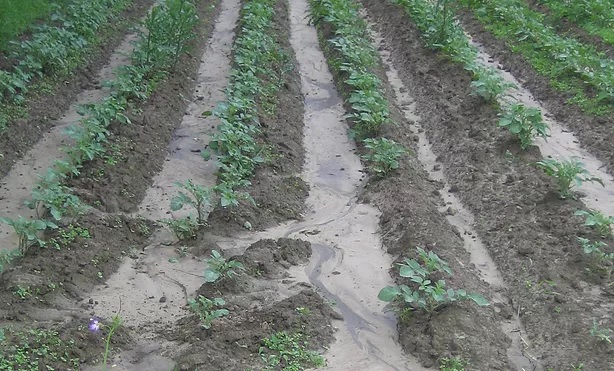
EROSION AND SEDIMENT CONTROL
Whether at construction sites or in agriculture, standing water and stormwater runoff accelerate the degradation of surrounding soils and structures, inevitably increasing sediment transfer and erosion rates.
By reducing the volume of runoff within a construction site or other affected area, solid and chemical contaminants are less likely to enter neighboring waterways.
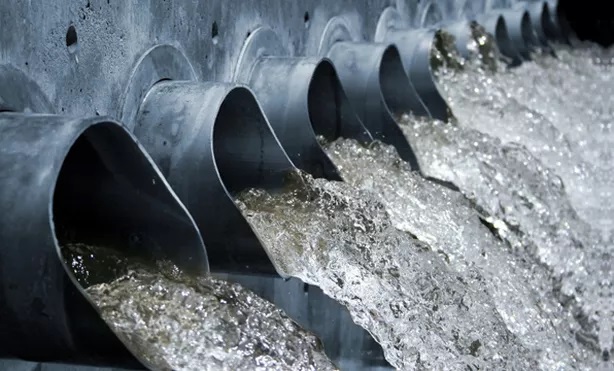
SURFACE POLLUTANT MITIGATION
First-flush stormwater runoff can pick up environmental and chemical contaminants that enter our waterways and sewer systems, damaging our local ecosystems and increasing the necessary treated volumes at wastewater plants.
By increasing the rate of infiltration where rain falls, runoff volume is reduced – eliminating the potential for contaminant transfer.
